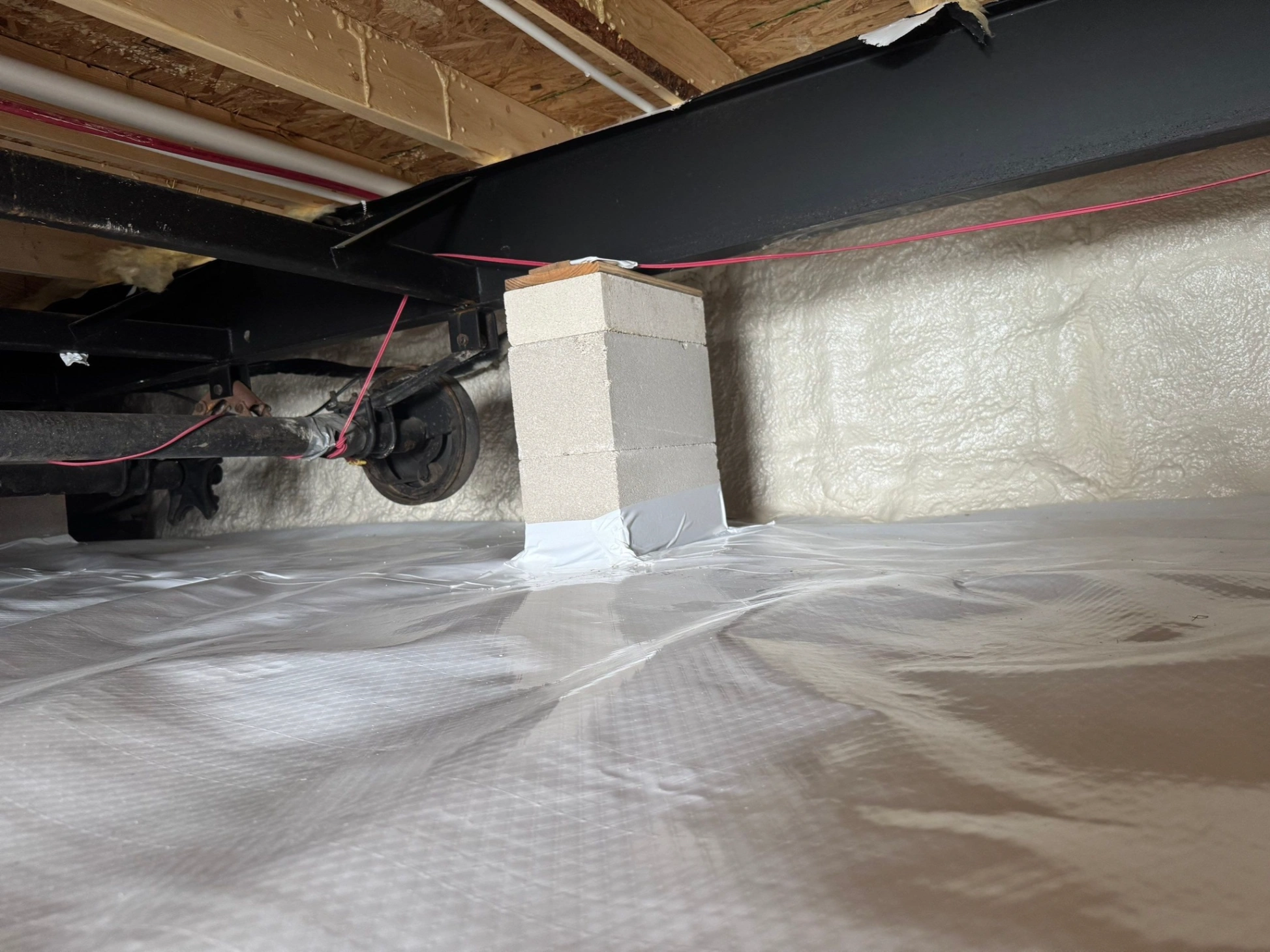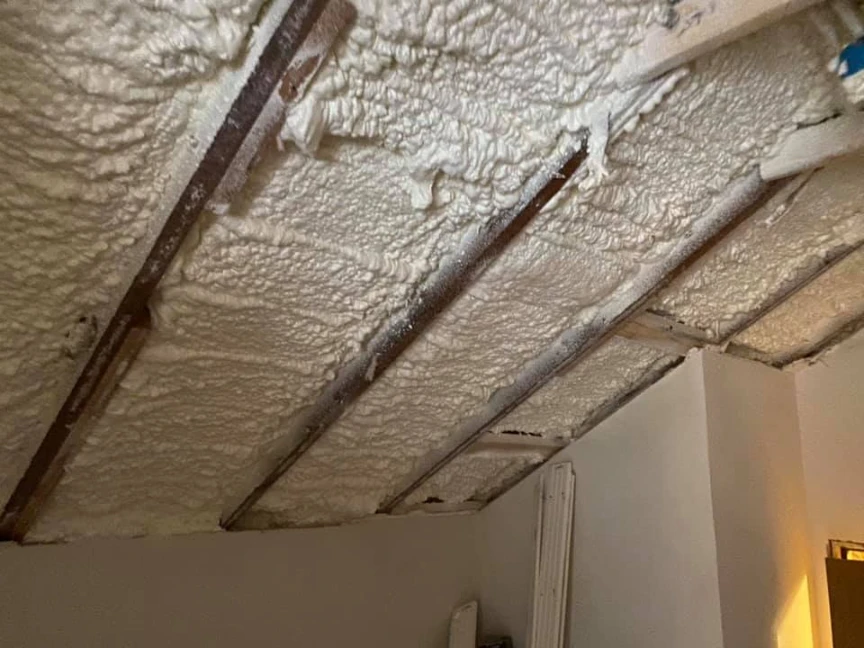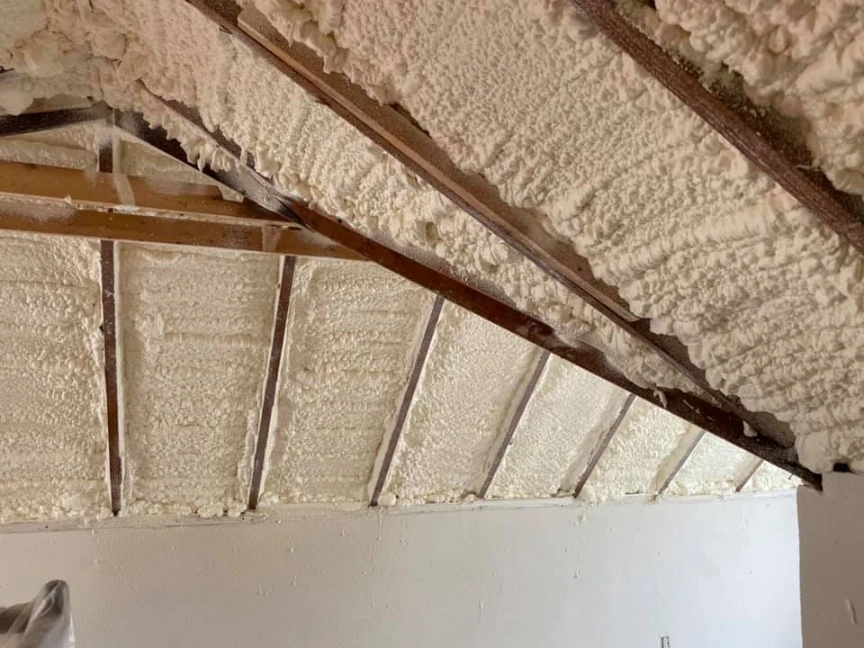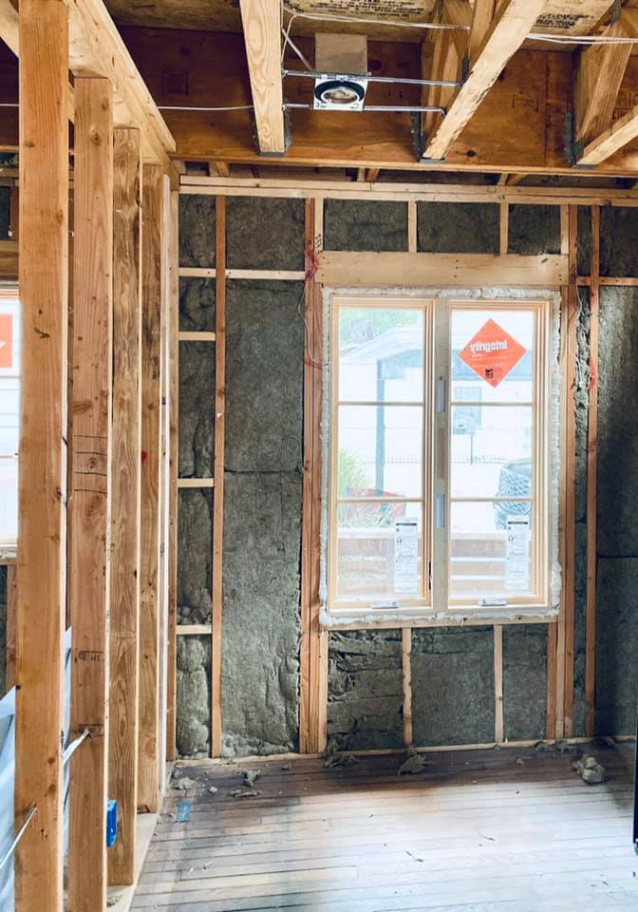Crawl space insulation is one of the most effective ways to control seasonal humidity because it creates a physical barrier between the damp earth and outside air and the controlled environment of your home. In the summer, uninsulated crawl spaces allow hot, humid air to enter and condense on cooler surfaces, raising moisture levels. In the winter, they let in cold air, which can lead to condensation and heat loss. By properly insulating and sealing the crawl space, you stop this exchange of air and moisture, which stabilizes humidity levels year-round, prevents mold growth, and protects your home’s structural integrity.
This article breaks down exactly how insulation works to manage moisture, what materials are best, and what you should consider before starting a project. The information comes from years of hands-on experience dealing with moisture issues in homes across Texas.
The Science of Humidity in Your Crawl Space
Most homes operate on a principle called the “stack effect,” where air flows from the bottom of the house to the top. Air enters through the lowest points, like the crawl space, and as it warms, it rises and escapes through the attic or upper-level windows. If the air in your crawl space is damp and full of moisture, that is the air that gets pulled up into your living areas. A study from the U.S. Department of Energy found that a significant portion of a home’s air infiltrates through the crawl space, carrying moisture and potential allergens with it.
Seasonal changes make this problem worse:
- Summer: Hot and humid outdoor air enters the cooler crawl space through vents. When this warm, moist air hits cooler surfaces like your subfloor, ductwork, and foundation walls, the moisture condenses into water droplets. This process dramatically increases the relative humidity, creating a perfect environment for mold and wood rot.
- Winter: The ground and outside air are cold, making the crawl space surfaces cold. Any warmer, moist air that leaks from the house above or evaporates from the ground can condense on these cold surfaces, leading to similar moisture problems. This also makes the floors above feel cold and forces your heating system to work harder.
How Insulation Acts as a Moisture Barrier
Not all insulation is created equal when it comes to moisture. The right material doesn’t just slow heat transfer; it actively stops air and water vapor movement. This is where the type of insulation becomes critical. Some materials, like fiberglass batts, can absorb and hold moisture like a sponge, eventually falling and becoming useless while promoting mold growth.
For crawl spaces, materials that resist moisture are necessary. Closed-cell spray foam insulation is a top performer because it’s a vapor barrier, an air barrier, and a thermal insulator all in one. When applied to the foundation walls and rim joists, it forms a continuous, seamless seal that locks out humid summer air and cold winter drafts.
Insulation Material Comparison
| Insulation Type | R-Value per Inch | Moisture Resistance | Air Seal Quality | Ideal for Crawl Space? |
|---|---|---|---|---|
| Fiberglass Batts | 3.1 – 4.3 | Poor (absorbs moisture) | Poor (air passes through) | No |
| Rigid Foam Board | 3.6 – 6.5 | Good (water resistant) | Good (if seams are taped) | Yes, for walls |
| Open-Cell Spray Foam | 3.5 – 3.8 | Poor (acts like a sponge) | Excellent | No |
| Closed-Cell Spray Foam | 6.0 – 7.0 | Excellent (vapor barrier) | Excellent | Yes, for walls & rim joists |
This table shows why material selection is so important. Using the wrong type of insulation, like fiberglass, can actually make moisture problems worse.
Bonus Tip: Insulating the rim joist, the wooden perimeter that sits on top of the foundation walls, is just as important as insulating the walls. This area is a major source of air leaks and is often overlooked in DIY projects.
The Long-Term Gains of a Conditioned Crawl Space
Insulating a crawl space is the first step toward creating a conditioned or encapsulated environment. This approach involves sealing off the vents, laying down a durable vapor barrier on the ground, and insulating the foundation walls. The result is a clean, dry space that becomes a part of your home’s conditioned envelope.
The benefits are immediate and long-lasting:
- Healthier Indoor Air: A dry, sealed crawl space prevents mold spores, dust mites, and other allergens from being pulled into your living area through the stack effect. The U.S. Environmental Protection Agency confirms that controlling moisture is the key to managing indoor mold growth.
- Lower Energy Costs: By preventing heat loss in the winter and heat gain in the summer, your HVAC system doesn’t have to work as hard to maintain a comfortable temperature. Data from ENERGY STAR shows that air sealing and insulating can save homeowners up to 15% on heating and cooling costs.
- Structural Protection: Constant moisture exposure can rot wooden floor joists and subflooring, leading to expensive structural repairs. A dry crawl space protects the foundation of your home.
- Pest Control: Termites, cockroaches, and other pests thrive in dark, damp environments. Keeping your crawl space dry makes it far less inviting for them.
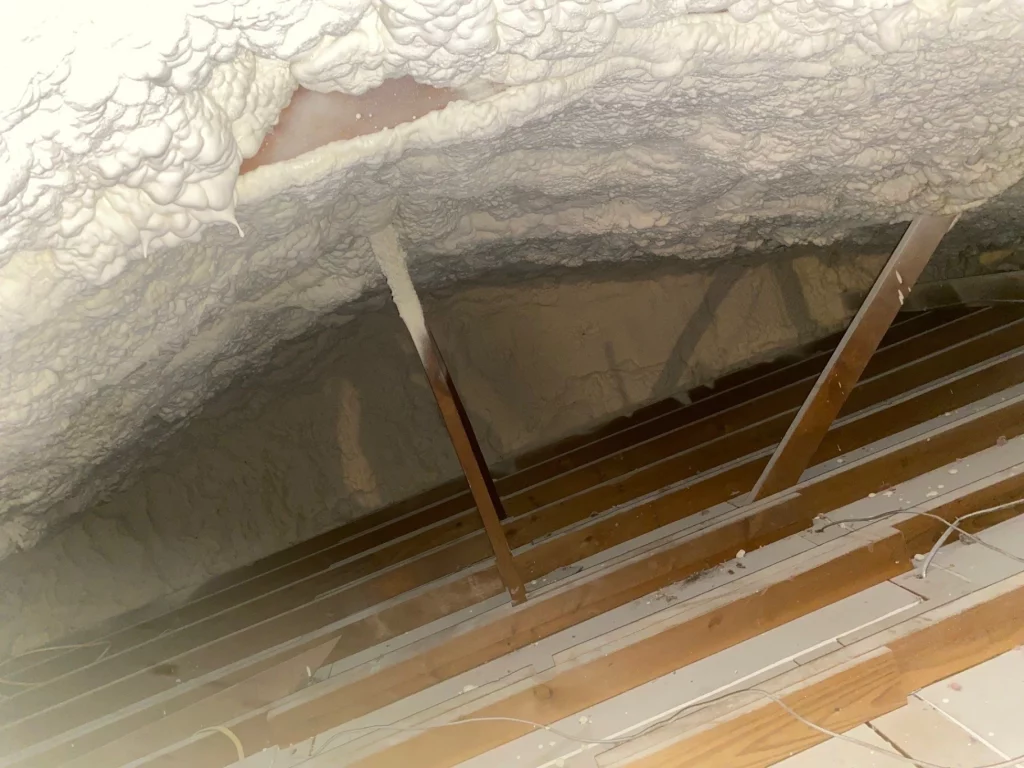
Things to Consider Before Making a Decision
Before you insulate, it’s important to assess the situation properly to ensure a successful outcome. Rushing into the project without addressing underlying issues can trap moisture and create bigger problems.
- Existing Water Issues: Do you have standing water in your crawl space after it rains? If so, you need to address drainage first. This might involve installing a sump pump, a French drain, or re-grading the soil around your foundation to direct water away from the house. Insulation should only be installed in a dry environment.
- Ventilation Strategy: While older building codes often required crawl space vents, modern building science has shown this approach can do more harm than good. According to the Building Performance Association, vents often introduce more moisture than they remove, especially in humid climates. The current best practice is to seal the vents and create an unvented, conditioned crawl space.
- Professional Application: While some insulation types, like foam board, can be a DIY project, materials like spray foam insulation require professional installation. The chemical mixture and application thickness have to be precise to create an effective air and vapor barrier. A poor installation can leave gaps or fail to cure properly.
Bonus Tip: Purchase an inexpensive hygrometer to measure the humidity in your crawl space before and after the project. An ideal level is between 30% and 50%. This gives you concrete data to confirm the job was done right.
Final Thoughts
Controlling seasonal humidity in your crawl space comes down to preventing the interaction between outside air and the surfaces inside. Proper insulation, particularly as part of a sealed or encapsulated system, directly addresses this by stopping air and moisture infiltration at the source. This protects your home from mold and rot, improves your indoor air quality, and makes your home more energy-efficient. Before you begin, evaluate your crawl space for any water intrusion issues and choose the right materials for a lasting solution.
Get Expert Advice for Your Home
Every home presents unique challenges, and understanding the specific conditions of your crawl space is the first step toward a permanent solution. If you’re dealing with moisture, mold, or high energy bills, a professional assessment can provide clarity. For a detailed evaluation and guidance tailored to your property, you can contact the team at Stellrr Insulation & Spray Foam. Feel free to call (512) 710-2839 to discuss your home’s needs and explore the best options for protecting it.
Sources
- U.S. Department of Energy – Provides official guidance on air sealing crawl spaces to improve energy efficiency and home health.
- ENERGY STAR – Offers data and recommendations on the benefits of sealing and insulating homes, including potential cost savings.
- Building Performance Association – A technical brief explaining the building science and code changes supporting unvented, conditioned crawl spaces.
FAQS
Why did vented crawl spaces seem to work fine for years?
In older homes that were not as airtight, the stack effect was less pronounced, and constant drafts throughout the house may have helped dry out some moisture. However, as modern homes have become more airtight for energy efficiency, moisture that gets into a crawl space is more likely to become trapped, making vents a liability.
Is spray foam insulation safe for my family?
Once cured, closed-cell spray foam is inert and stable. It does not release harmful gases. The safety concern is during the installation process, which is why professionals use specialized protective gear and ventilation equipment. Homeowners typically need to vacate the property for 24 hours to allow the foam to fully cure.
How long does crawl space insulation last?
Materials like closed-cell spray foam and rigid foam board are designed to last for the life of the home. They are inorganic, so they do not degrade, decompose, or serve as a food source for mold. Fiberglass, on the other hand, can sag and deteriorate quickly in a damp environment.
Can I insulate my crawl space myself?
Installing rigid foam board and taping the seams is a manageable DIY project for a handy homeowner. It requires attention to detail to ensure a continuous air seal. However, for a guaranteed seamless and waterproof barrier, professional spray foam application is generally the better long-term solution.


